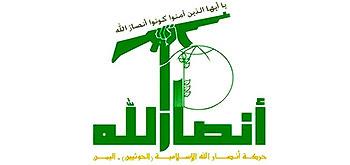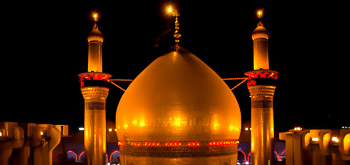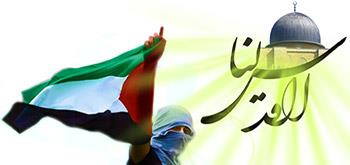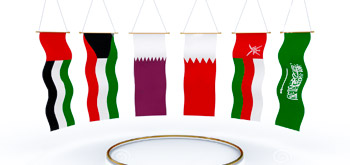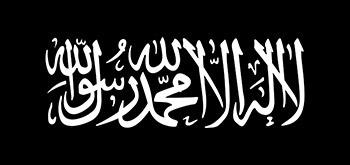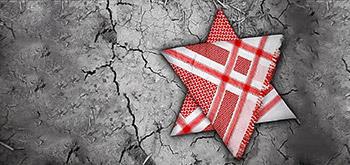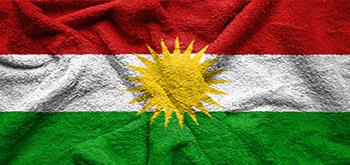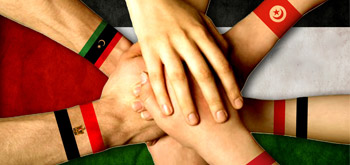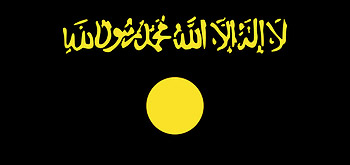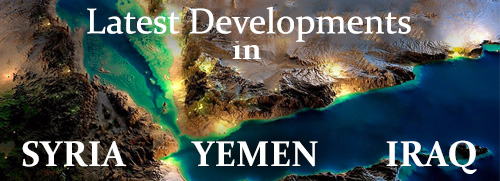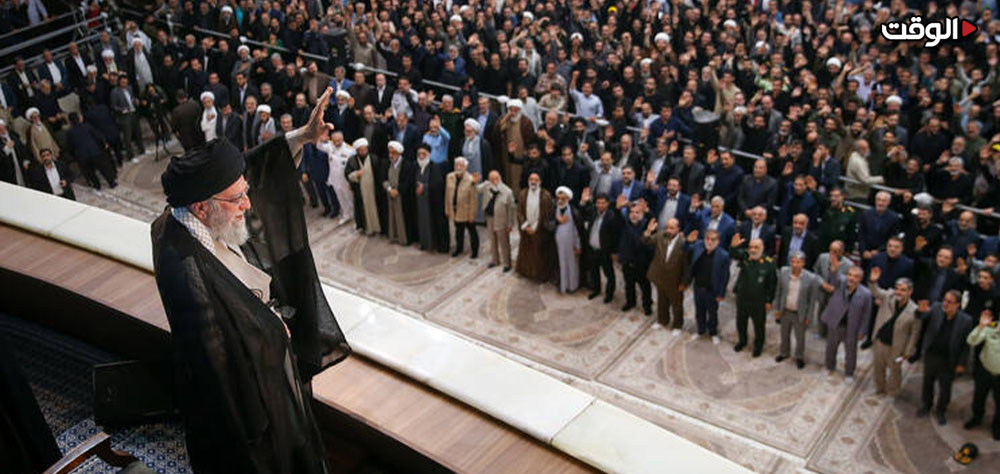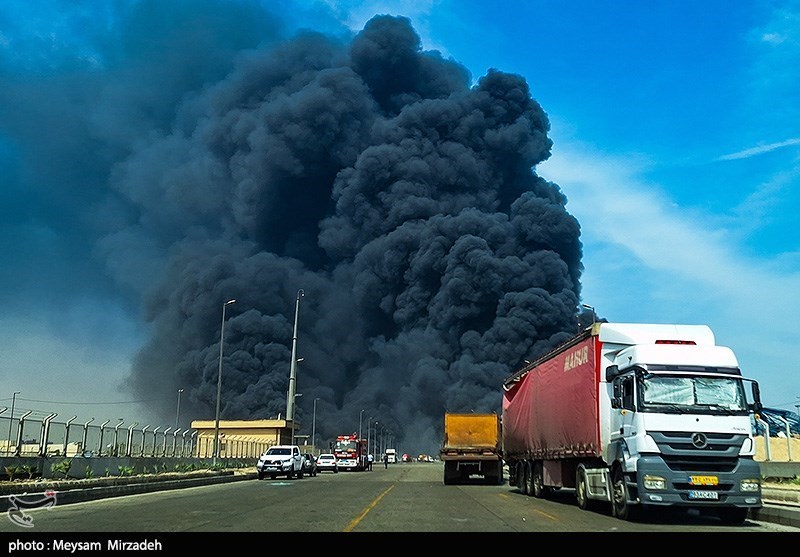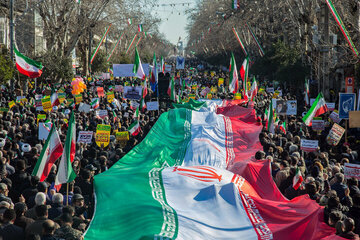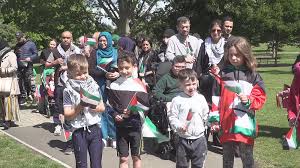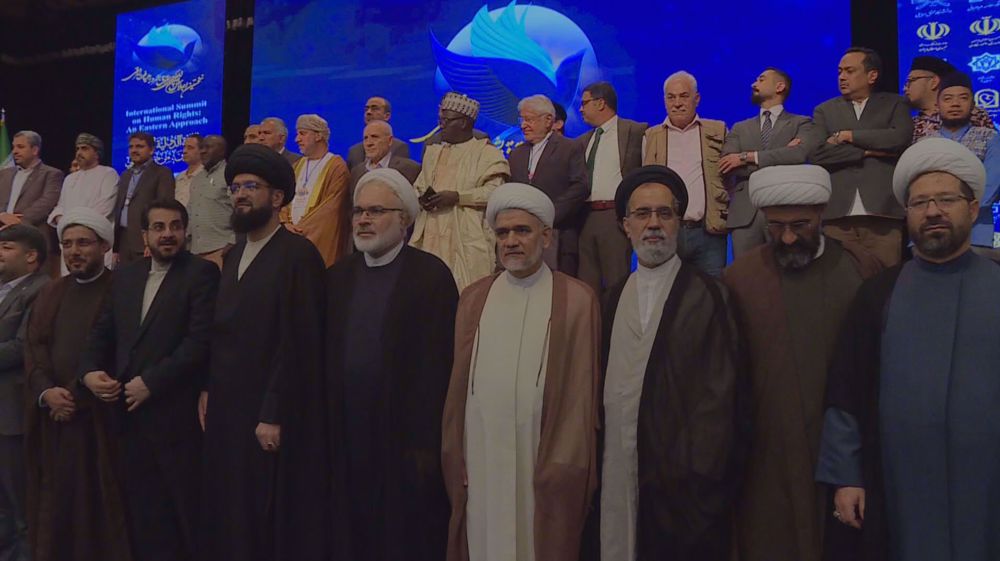Alwaght- The struggles for increasing the population of the Israelis along with setting in motion policies to stop the Palestinian population growth rate and reduce it in the occupied territories have always been taken into serious Israeli leaders' consideration. The figures show that low Israeli population growth rate and high Palestinian population growth rate have changed the population balance in favor of the Palestinians, something that put heavy political and even psychological strains on the Israeli regime's authorities and their position.
Some 70 years after eruption of first Israeli-Arab war, at least 5 million people are now living in West Bank and Gaza Strip. The number of the Palestinian population that remained in their territories in past 70 years has tripled as it experienced a 2.1 percent annual growth rate, as equal as the growth rate of the other Arab states. On the opposite side are the religious and traditional Israeli families that struggle to tip the scales of population in their favor. Their children sometimes reach 6. They failed so far to be equal to the population of the Palestinians, however. The increase in number of children in the traditional Israeli families only makes up for families with few children. This comes while the Palestinian families in West Bank and Gaza Strip have four children on average.
The Palestinian Central Bureau of Statistics (PCBS) and National Population Committee on the eve of the International Population Day has issued a statement to give details of the Palestinian population conditions both in Gaza and West Bank. According to PCBS, the total population of Palestine at mid-2016, without counting the Palestinians in the occupied territories of 1948 or the refugees out of the country, was about 4.81 million; 2.45 million males and 2.36 million females. The estimated population of West Bank was 2.93 million of which 1.49 million males and 1.44 million females. While the estimated population of Gaza Strip totaled 1.88 million of which 956 thousand males and 925 thousand females. The percentage of urban population at mid-2016 was 73.9%, while the percentages of population in rural and camps areas were 16.6% and 9.5% respectively.
- The comprehensive population structure of West Bank in 2014
0-14: 33.7 percent
15-24: 21.7 percent
25-54: 36.4 percent
55-64: 36.4 percent
Above 65: 3.8 percent.
The estimations suggest that 50.8 percent of the population of Palestine are men while 49.2 percent are woman. 103.2 men for every 100 women. The man to woman ratio in Palestine is 103.2 men for every 100 women. This ratio is almost equal in Gaza and West Bank. From the 29.9 percent juvenile population that accounts for one third of the total population 38.8 percent are teenagers and 61.2 percent are youths. The sex ratio of them is 104.2 men for every 100 women.
83 percent of the West Bank residents are Arab Palestinians and roughly 17 percent are the Israeli settlers.
- Population growth rate
Population growth rate (end of 2014 est): 3.8 percent
Birth rate: 24.56 per thousand
Death rate: 3.51 per thousand
- Sex rate
At birth: 1.06 male(s)/female
Below 15: 1.05 male(s)/female
15-64: 1.05 male(s)/female
Above 65: 0.71 male(s)/female
The total population ratio: 1.04 male(s)/female (the men outnumber women- 2011 est).
- Children mortality rate
Total: 14.92 death cases per thousand
Male: 16.73 death cases per thousand
Female: 13.01 per thousand (2011 est)
- Life expectancy rate
Total population: 75.1 (years)
Male: 72.97 (years)
Female: 77.17 (years)
- Religion status
Between 80 to 85 percent: Sunni Muslims
Between 1 to 2.5 percent: Christians
Between 12 to 14 percent: Jewish
- Fertility rate
According to the last figures, the fertility rate of the Palestinian families was 4.4 percent in 2008 and 2009. This rate was 4.6 percent in 2006. The total fertility rate in West Bank was 4.0 percent and in Gaza Strip 5.2 percent. For every Arab women the fertility rate in late 2014 was reported 4.01 percent. This rate was 5.07 percent for the Jewish women. Most of the age groups vary between 25 and 29-years-old that account for 26 percent of the fertility rate.
- Education accessibility
The last figures published in 2013 show that 43.1 percent of the young people between 25 and 29-years-old had access to education. Meanwhile, 83.9 percent of the population are in age groups between 15 and 17-years-old, and 11.9 percent are in between 25 and 29-years-old age groups. Furthermore, about 31 to 36 percent of the men and 25.8 percent of women have dropped out of the schools.
The figures show that more women than men have higher education in West Bank. But they remain unemployed after graduation. The figures also indicate that 52.5 percent of the young graduates in West Bank face unemployment. Additionally, 40.4 percent of youths of West Bank and 65.3 percent of youths of Gaza never read newspapers, magazines, or scientific articles. Also, 87.4 percent of the Palestinian youths watch TV on a daily basis. 27.4 percent of them only listen to radio and 25 percent of them use Internet.
- Health status
About 83.9 percent of the up to 30-years-old Palestinians are enjoying good health. From this figure 86.2 percent is for the men and 80.6 percent is for women. 33.5 percent of them in polls said that they regularly do exercises. 35.6 percent is for West Bank and 30.1 percent is for Gaza Strip. At the same time nearly 2.8 percent of the Palestinian men and 2.1 percent of women are suffering from chronic diseases.
- Healthcare status
The growth rate of Healthcare personnel is still low. The 2013 figures of the PCBS show that the average of doctors registered in Palestine Doctors Syndicate is 1.3 doctors for every 1000 people in West Bank and 2.1 doctors for every 1000 people in Gaza. In the same year, there were 2.1 nurses for every 1000 people in West Bank and 4.5 nurses for every 1000 people in Gaza.
The reports from 2013 show that there are 80 public hospitals in Palestine, 50 of them in West Bank and 30 of them in Gaza: 25 public hospitals, 34 non-public hospitals, 17 private hospitals, 3 military hospitals, and 1 UNRWA( United Nations Relief and Works Agency for Palestine Refugees in the Near East) hospital. There were 5,516 hospital beds, and 1.3 beds for every 1000 Palestinians. 3,263 of hospital beds in West Bank and 2,356 in Gaza. Furthermore, the reports suggest that in 2013 the public health centers were 622 centers in West Bank and 137 centers in Gaza.
According to the existing statistics, the imbalance in population growth rate between the Israelis and Palestinians has changed the population growth balance in favor of the Palestinians, something heavily pressuring the Israeli leaders. Currently, this is a key concern for Tel Aviv authorities. It is expected that in near future, the Israeli regime, regardless of all of the foreign threats, will have to deal with this internal challenge. Environmental challenges including access to West Bank's water resources and interethnic and religious challenges, especially as the Palestinian population grows larger, will make the existence of the so-called Jewish state face more essential challenges.



